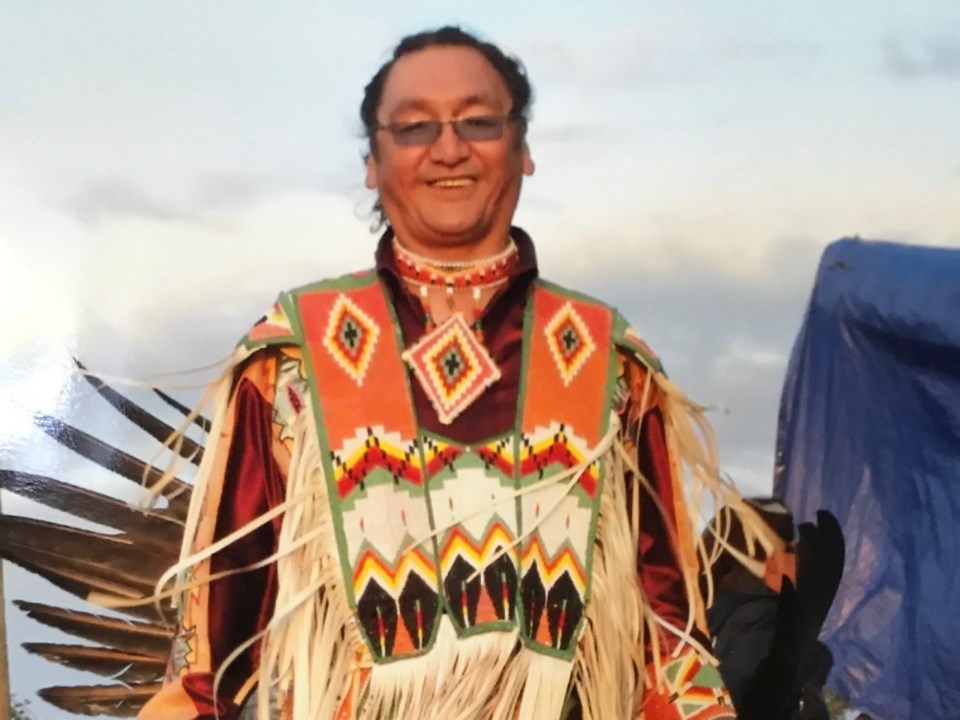KENORA – Donald Kelly Sr. remembers Aug. 7, 1974, as the day his daughter was born, and the day he ceased participating in the armed occupation of Anicinabe Park.
Kelly said his brother, also among the Anishinaabe occupiers, told him police wanted to have a word with him at the park’s perimeter.
“Anyway,” Kelly recalled 50 years later, “I go over and the police – I don’t know who it was, the police chief or one of the superintendents or whatever you call them, but he was talking to the leadership at the gate and when I got over there, he says ‘Are you Donald Kelly?’
“I said ‘Yeah, who wants to know?’
“Anyway, they said ‘Mr. Kelly, this morning a daughter was born to you at about 7:35, and your wife is asking for you.’”
Police told Kelly he could leave the park to see his new first-born child, but only if he agreed to not rejoin the occupation.
Officers arranged for a taxi to take Kelly to the hospital and told him they would forget all about his participation in the weeks-long occupation of the 5.7-hectare park.
After talking it over with other occupiers, and hearing his brother Fred implore him to take the offer, he accepted the cops’ offer.
“And then they said you gotta lay down your arms,” said Kelly. “And I had a British .303 full of ammo, and a machete and two Molotov cocktails.
“Don’t forget I was only 17 years old. That’s 50 years ago. My daughter just celebrated her 50th birthday on Aug. 7 and I wished her a very happy birthday and I recalled those days.”
Nine days after Kelly left the park, Native American leader Dennis Banks – himself on trial in Minnesota for occupation of lands in South Dakota – visited Kenora to facilitate successful negotiations.
Two days after that, the New York Times reported, Ojibway Warriors Society members destroyed fire bombs and turned firearms over to Kenora’s mayor at the park entrance.
“In return, the 80 young Indians were given a city permit to spend 10 days more in the park,” the Times reported on Aug. 19.
The occupation was over, peacefully, by the end of August.
The occupiers’ demands included an overhaul of what was then called the Department of Indian Affairs and the return of Anicinabe Park’s land to the Anishinaabe people of Treaty 3.
Decades passed before the federal department was transformed, and the parkland still is not under First Nation ownership.
The police did honour their word to Donald Kelly, though.
To this day, 50 years later, they have never spoken to him about his part in the occupation.
